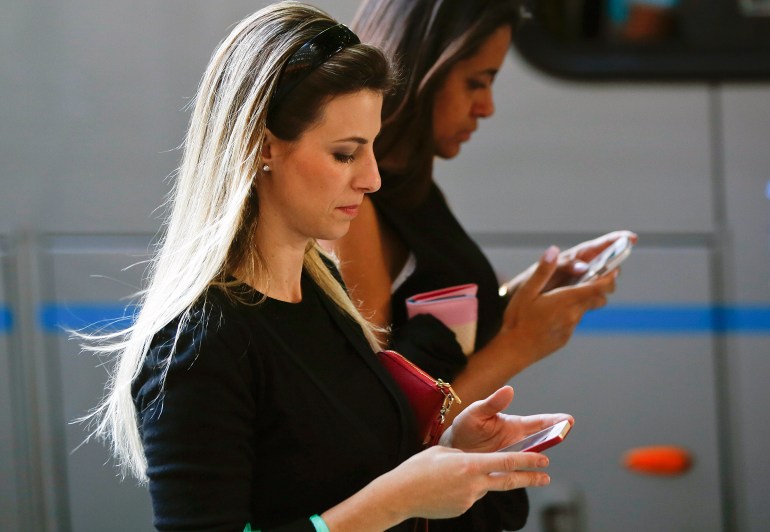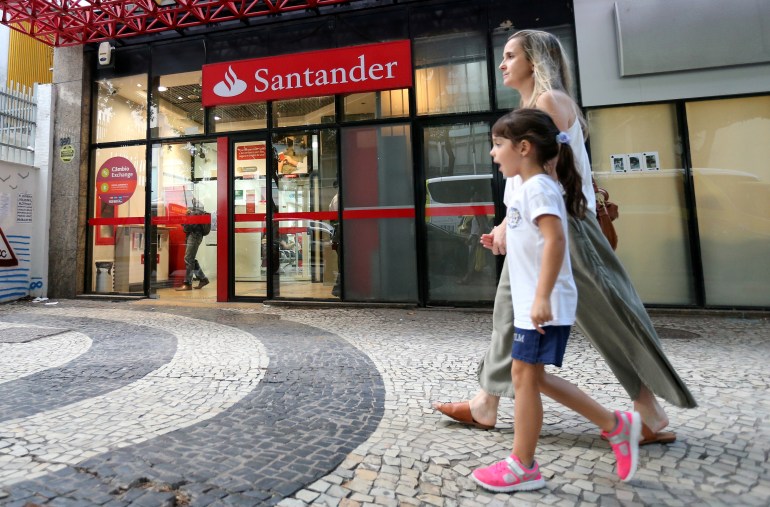CashNews.co
When Isabela Duque, a receptionist in the Brazilian city of Santos, decided to use all her savings to buy her first car, the process was fraught with suspicion. The seller asked for the full amount to be deposited in his bank account before transferring the car to her name, and Duque obliged. They went separately to the notary office to process the paperwork while Duque worried about the possibility the man would vanish with the car as well as her money.
While Duque managed to complete the transaction successfully that day, her situation exemplifies the risks Brazilians often face when making purchases that rely largely on trust, a fairly common way of doing business.
It also illustrates one of the future uses of DREX, a digital currency issued by the Central Bank of Brazil as an extension of the country’s physical currency, the real. Residents would have their current account with physical money and another with digital currency. A digital wallet with DREX could live inside a user’s mobile banking app for example.
“Today, purchases such as buying a car are based on trust because doing it in any other way is way too expensive as it involves hiring lawyers as well as doing a lot of paperwork. In the DREX environment, there are ways to automate the entire process,” said Fabio Araujo, coordinator of the initiative at the Central Bank.
DREX is currently being tested by banks in Brazil for aspects such as scalability, security and privacy and is expected to launch in the second half of 2024 for all residents to use in addition to cash.
A key characteristic of services provided under DREX is that they will be held as smart contracts using blockchain technology, which records not only when and how transactions are made but also sets the rules for them to occur. The idea is similar to setting up escrow accounts, except that they need professionals like lawyers while this is meant to be initiated by consumers.
In practice, transactions such as a car purchase would be completed only when all the conditions are fulfilled. In Duque’s case, this would entail the payment and the transfer of ownership.
“And if something doesn’t work out at any stage of the transaction, the car remains with the seller and the buyer retains the money,” Araujo explained.
Modernising the Brazilian financial system
Technically described as a Central Bank Digital Currency (CBDC), DREX is the latest development of a broader agenda in place since 2016 and aimed at incentivising the digitalisation of the Brazilian economy.
The plan is led by the Central Bank and aims to make financial services more modern, cheaper and more accessible to the population.
As part of that plan, the bank in 2020 launched an instant payments platform called Pix, which has since become Brazil’s most popular payment method.
That was followed by the rollout of Open Finance, an initiative that enables access and sharing of consumer data across a range of financial products and services.
Similar to Open Finance, DREX is intended as a platform upon which businesses such as banks and fintechs can create a broader range of products within the existing financial system. The idea is to be able to register projects from the physical world – a car, a house – as tokens in the blockchain.
This is one of the aspects of DREX that is currently being tested by banks. By automating processes and eliminating intermediaries from the transaction, tokenisation is expected to reduce the cost of financial products like credit or investment products for the population.

Today two-thirds of global adults use digital transactions, according to data from the World Bank. In developing countries, digital payment use grew from 35 percent in 2014 to 57 percent in 2021, the year for which the latest figures are available.
Digital versions of cash that are fully regulated by central authorities – unlike cryptocurrencies, which are privately run by individuals or companies – are also a way for countries to respond to the demands of an increasingly digitalised world.
According to data from the US think tank Atlantic Council, at least 130 countries around the world have some form of digital currency project under way.
CBDCs in emerging economies include the digital yuan in China, the first launched by a major economy and operational since 2021. The Chinese government has been trying to stimulate uptake of its CBDC via initiatives such as discounts and digital yuan lotteries, but less than a fifth of the population currently uses it. India launched the digital rupee last year, but it is yet to gain momentum.
Insufficient demand
While a common goal of these markets is to keep growing the base of digital currency users and transactions domestically and beyond, experts warn of hurdles for large-scale adoption, such as overreliance on technology in a context where cash is still king.
A pilot survey run by the Reserve Bank of India has found that physical currency remains the country’s preferred payment method, for instance.
“It is not clear if demand for [CBDC-based] services is sufficiently high today,” said a senior executive from the global financial services industry who asked not to be named because the official is not authorised to speak to the media. “Nevertheless, being ready is important as demand can suddenly rise. Also, more often than not, supply creates demand.”
The Brazilian authorities are confident DREX will gain momentum as the number of applications using the digital currency increases.
“With Open Finance, we sought to place financial information in people’s hands, and the digital real is a sequence to that process of making financial transactions easier and cheaper to people,” Araujo said.
Given that Brazilians will need a digital wallet to transact in DREX, the project is also expected to lead to advances in areas such as financial education among the general population.
“Nowadays, investing in crypto is quite easy. But we can see that investing in other [more traditional] investment types is still difficult for a significant part of the population. [With DREX,] investing will be just as simple as making a payment,” Araujo argued.
As an example, Araujo cited a situation in which a person might want to buy a TV in instalments. If the interest rate is too high and the consumer has invested in government bonds, DREX would enable using part of that investment portfolio as collateral for the purchase.
“We believe people will start buying [digital] assets and, therefore, have more access to credit and financing opportunities. Democratization of financial services [under DREX] will happen that way,” he said.

In addition to more products using digital currency, Brazil could see large-scale adoption of DREX if the government uses it for things like distributing benefits, said Bruno Diniz, a fintech author and partner at innovation consultancy Spiralem.
“If the government applies DREX to benefits, we will see digital currency adoption ramping up significantly,” he said.
Data protection
DREX also promises secure transactions and will run on the private network of the national financial system to ensure security.
At the same time to boost its use, the state will have to reassure people that “their transactions will not be monitored by the state”, Diniz said.
The system will comply with Brazil’s data protection regulations, Araujo said. “We won’t have access to people’s [transactional] information, unlike the provider of the wallet, such as a bank or an app, to whom the user trusts the details of the transaction,” he said.
In late November, Santander, one of the banks participating in the trials, successfully conducted a private test DREX transaction. It used a Central Bank test account, and private payment technology Anonymous Zether ensured the privacy of the sender, recipient and transaction amount, preventing other participants in the Central Bank’s test network from accessing the data.
“I don’t see a bigger [privacy] risk within the digital real environment,” Araujo said. “We are aiming for a balance between transactional integrity to be compatible with the current regulations around money laundering prevention and the laws that ensure people’s right to privacy.”

